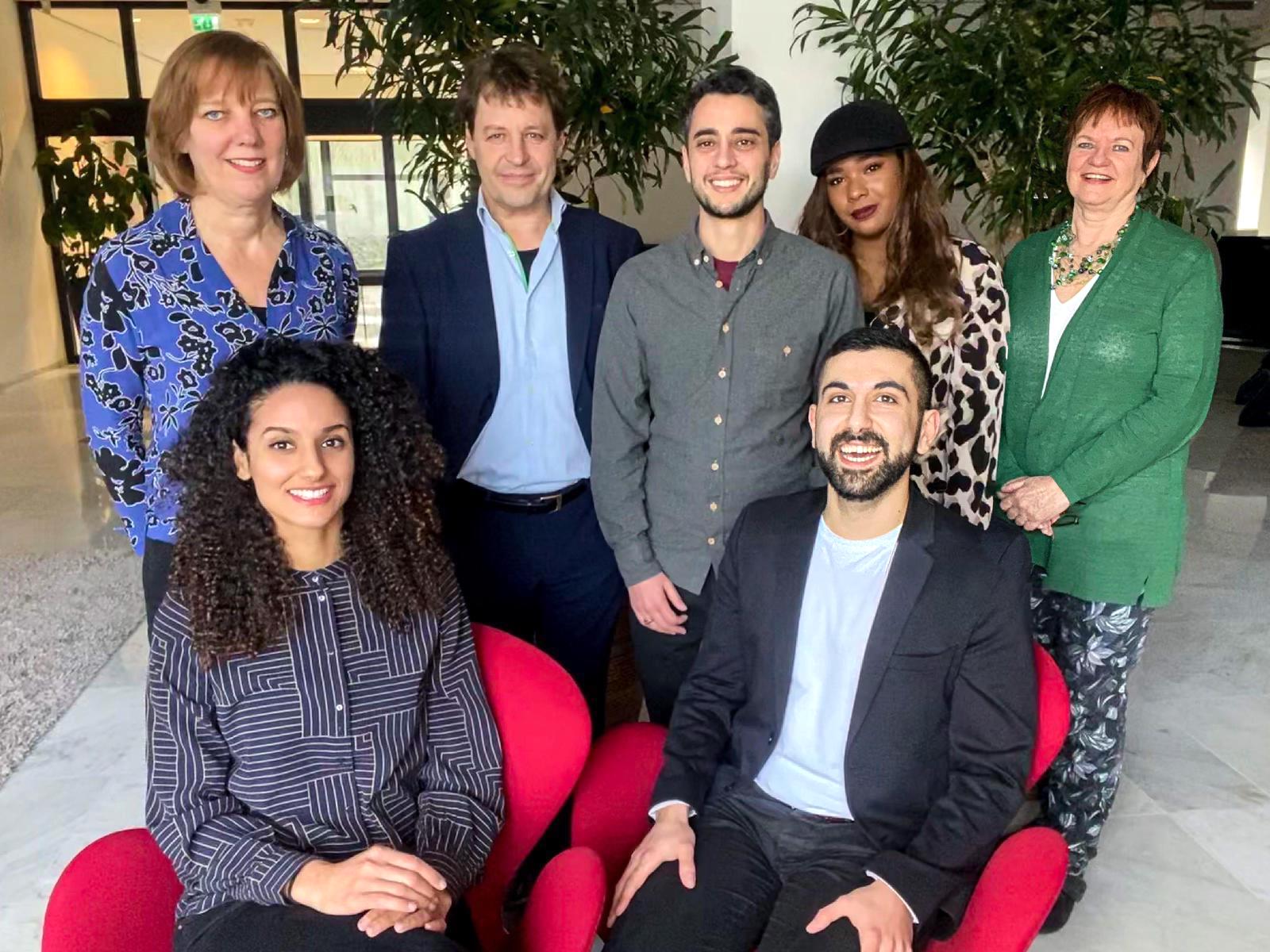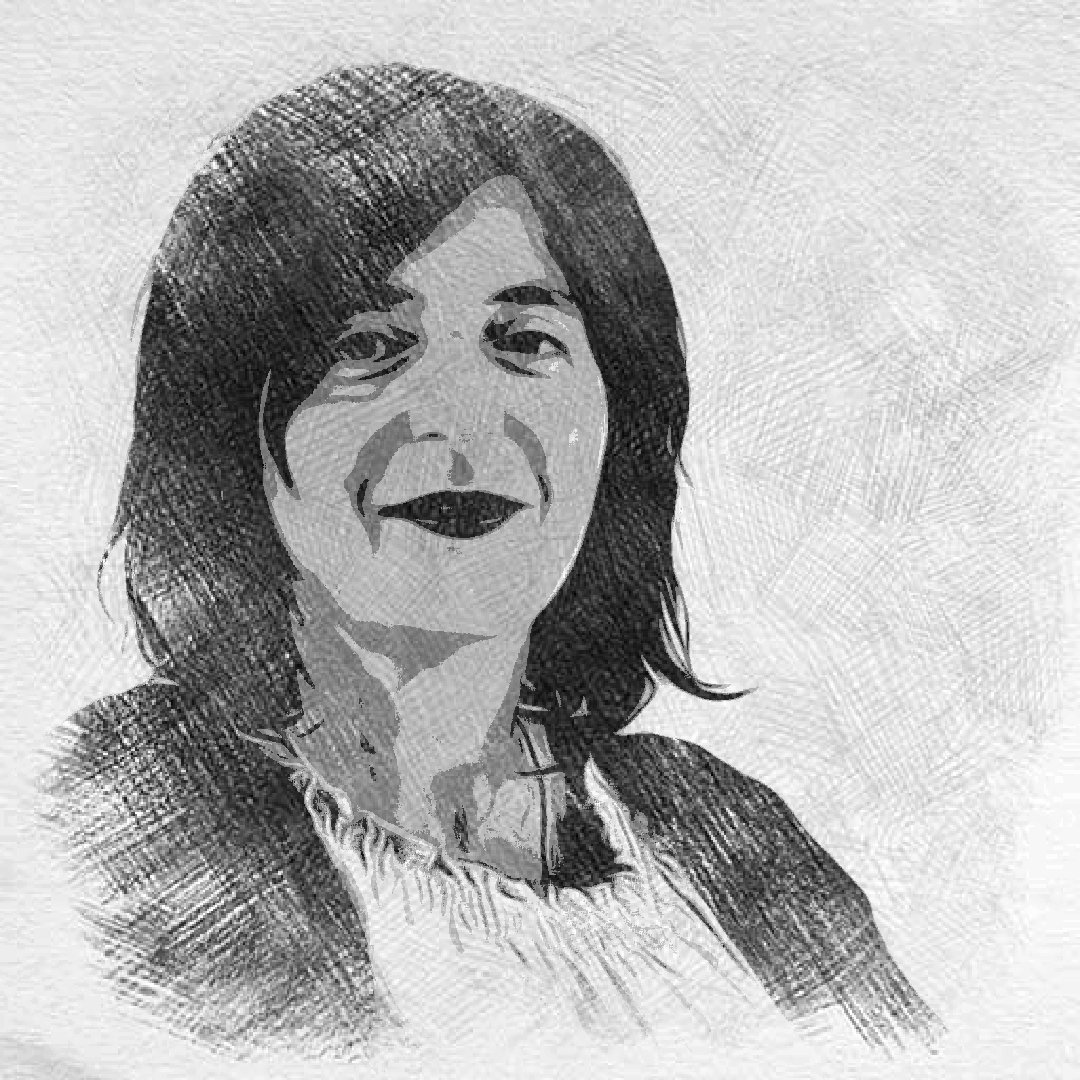
Research has shown that teams made up of a diverse range of people perform better. Especially in innovation technology. After all, people from different backgrounds and views do provide creative insights. Nevertheless, in the business world in 2020 there’s still a lot left to be desired in this area, especially where cultural-ethnic diversity is concerned. In a 5 part series, Innovation Origins seeks answers to the question as to why this is a major social problem and most importantly: How do we fix it?
Diversity is not possible without inclusion. This means adopting diversity-promoting measures on all fronts as well as treating employees from different backgrounds as equally as possible. The Diversity Charter was created for this purpose and has now been signed by 230 organizations.
Within the Dutch Landelijk Overleg Minderheden (LOM, National Consultation of Minorities), founded in 1997, all conceivable organizations of ethnic minority groups in the Netherlands had representation. The aim was to consult with the Dutch Cabinet on relevant policy issues and social developments. This came to an abrupt end in 2011 under the Rutte-1 Cabinet, including all of the associated subsidies.
“That was a real shame,” says Alice Odé, project leader for Diversity at Work at the Dutch Social and Economic Council (SER). “Social inequality is in effect a major social problem. You have to do everything you can to combat it. What’s more, all our earlier efforts were wasted. We had been working within the LOM for years with a thousand or so civic organizations, from mosques and refugee organizations to organizations that wanted to help more women into jobs. We have therefore sought a different set of instruments to address social inequality. This eventually resulted in the ‘Diversity at Work‘ project.
Dutch Diversity Charter
The project encompasses not only our Knowledge Platform with all available relevant information on the subject but also what is known as the Diversity Charter. This is a declaration of intent whereby organizations declare their commitment to their goals to promote diversity and inclusion in their own workplace.
Odé: “We established the Diversity Charter in 2015, based on the French model. It was embraced by the government at the time. Since then, this kind of Diversity Charter is in force in around 25 European countries. The beauty of this is that you can easily interpret it on a local level. And what’s more, it is something that organizations really need to get to work on.”
Deeds, not words
What Diversity at Work does is to help companies implement their diversity plan. This is done in three stages: drawing it up, rolling it out, and monitoring the plan.

After all, it shouldn’t just be a matter of a few choice words. For the final monitoring stage, companies should consequently fill in a questionnaire each year about the results that they have achieved in the intervening period. Such as, e.g., how many women or people with a different cultural-ethnic background have they hired in the meantime.
Odé: “We then process the outcomes from these questionnaires and the resulting insights into our Knowledge Platform. We have recently started to do this in collaboration with researchers from Utrecht University. They compare the results using a scientific yardstick, and the results are reported back to the companies.”
Moving staff from one place to the next
However you look at it, diversity must go hand in hand with inclusion. And that is indeed more than just a case of posting stock photos of women and black employees in a random office setting on your website or in your newsletter, Odé concurs. “It is important to focus on this and to look at the problem from various perspectives. Diversity in the workplace covers not just women, LGBTI staff, and people with disabilities, but also people from culturally diverse backgrounds. But someone in a wheelchair needs very different things than women at the top do. Just to name one example.
But what is at least as important, according to Odé, is that the message that a company conveys is actually genuine. “This means that employees recognize themselves in the communication forms of their organization. Otherwise, you’re just moving staff from one place to the next. Moreover, people are not stupid; they will just see through that otherwise.”
Including company climate
Cultural ethnic diversity means, as Odé puts it: ‘Commitment to an inclusive business climate, in which you, as an employer, pay attention to other cultural communities. “How do you do that? By not just wishing your employees a Merry Christmas or Easter, for one thing, but also a happy Ramadan. As Gerrit Zalm, top-level director at ABN Amro at the time has always done. ABN Amro is also one of the companies that we have been working with for years. It handles its diversity policy very conscientiously and has also implemented this at all sorts of levels.”
Odé is convinced that something as seemingly insignificant as wishing employees with a Muslim background a happy Ramadan can be very important for people. “This is because it signifies that they are also allowed to be there. You can also make that very clear by granting days off for religious festivities.”
According to Odé, it is crucial to analyze the impact of company policy on diverse groups of employees. Odé cites the provision of training courses as an example of this. For example, one of the companies affiliated with the Charter changed the system of internal training and no longer offered courses, but had employees write their own development plan themselves with accompanying training trajectories.
Odé: “This turned out to have major consequences in terms of the extent to which different groups made use of internal training courses. Personnel with a migrant background tended to not take part in this system as much, which meant that they received less training. With all the ensuing consequences this had for the opportunities for advancement for this group. Such an example shows why proper monitoring of the impact of company policy is so important.”
Card game
However important issues such as diversity and inclusion may be, conversations about these topics are sometimes best conducted in a slightly lighter tone. Randstad (a major Dutch employment agency) names Odé as a positive example. “They have come up with a card game. This aims to help employees get to know each other better on the basis of personal questions. This not only helps to get good conversations going but also enables teams to communicate better with each other.”
People follow the good examples that are set
Of the 230 signatories to the Diversity Charter, half come from the public sector and the other half from the private sector, Odé states. That was a deliberate choice right from the start. In addition to businesses and SMEs, this includes all kinds of financial institutions, municipalities, hospitals, healthcare institutions, and universities, as well as the umbrella organization of higher education institutes. The Dutch Startup Association (DSA) was recently added to this list.
“It’s great when a branch organization like this commits itself to the Charter,” says Odé. “We hope to achieve this with the Association of Netherlands Municipalities (VNG) and the Association of Universities in the Netherlands (VSNU). However, for the time being, we are working with the forerunners, like Maastricht University. This is what you need in the first instance. Then, hopefully, the rest will follow.

